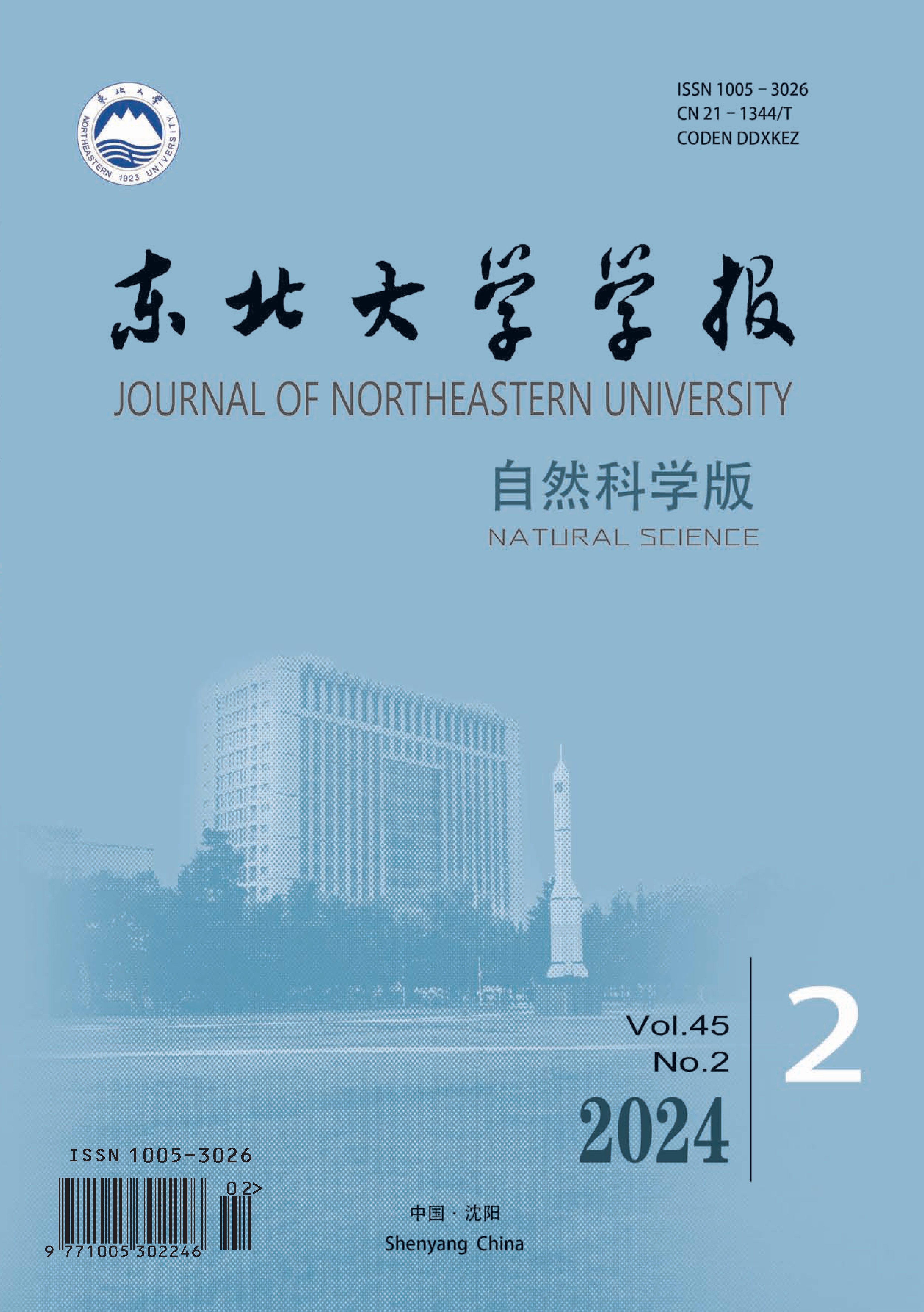A three-dimensional geological model integrating real ground topography, ore bodies, and tunnels was established by 3Dmine and UAV. Combined with Rhino6-FLAC3D, a numerical calculation model for ore body extraction was developed. The impact of rock movement and surface deformation was simulated and analyzed. The effectiveness of simulation results was verified through InSAR monitoring. The results indicate that the simulation results are consistent with InSAR monitoring, indicating that the research method combining monitoring and simulation is effective. For the goaf left by open-pit mining, dry filling can limit the damage of surrounding rock and filling body. The stability of shallow filled mining areas might be affected by deep operations in the mining area, and there is a negative correlation between the severity of disturbance and the distance from deep work areas. According to InSAR monitoring and numerical simulation, the impact of goaf destruction and mining disturbance on the surface subsidence is weak.

